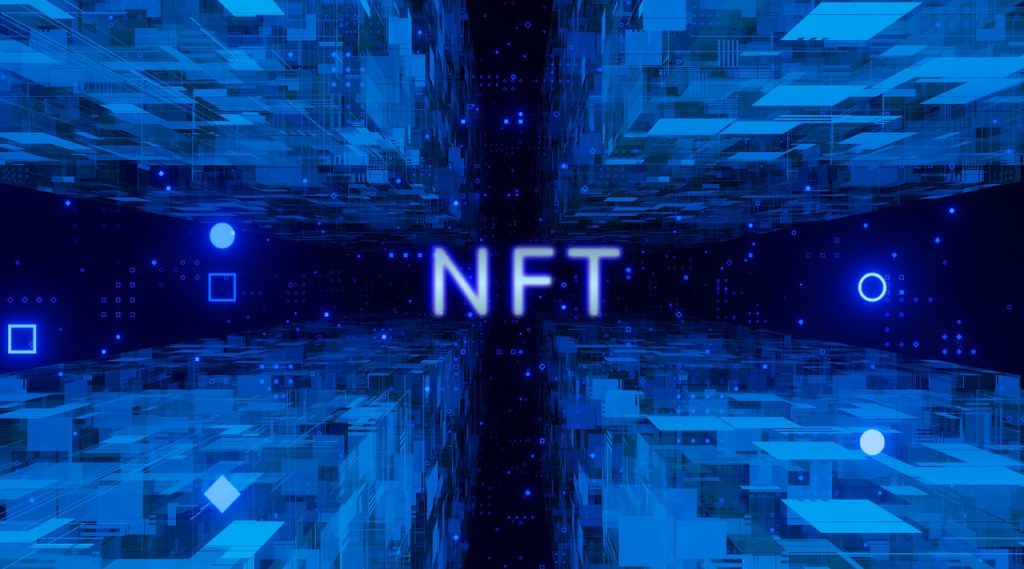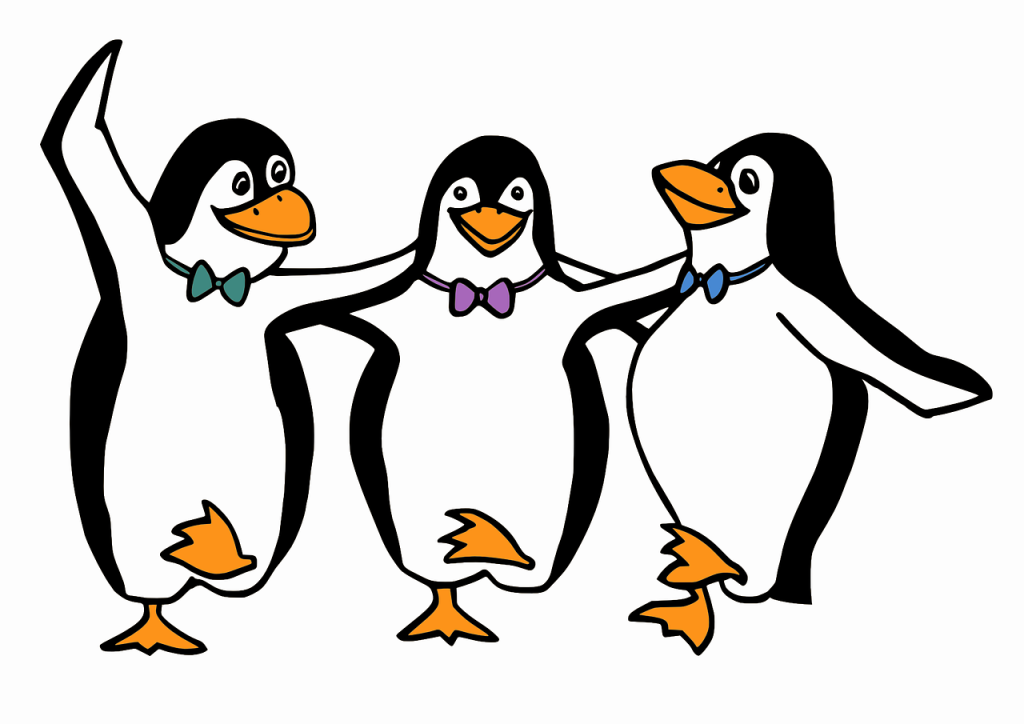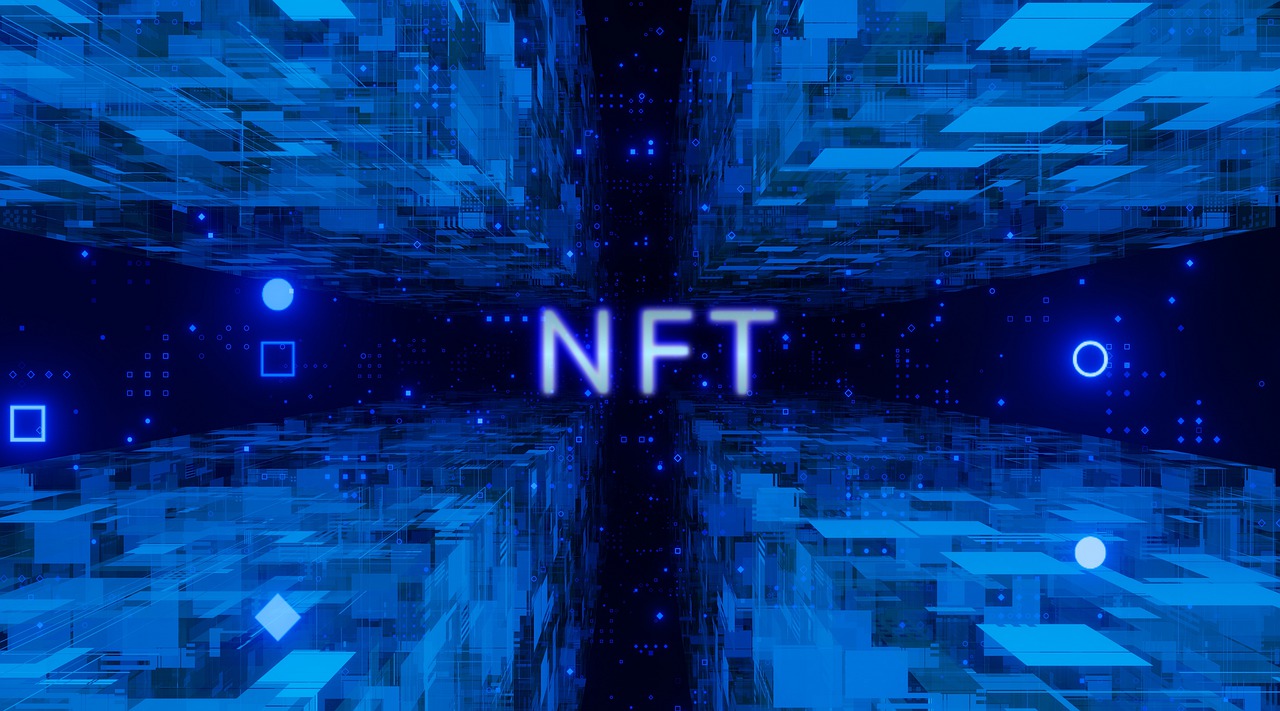
If you are new to NFTs then we hope to explain what they are in a simple and easy-to-understand way.
What Does NFT Stand For?
Non-fungible token.
What Does Non-Fungible Mean?
Non-fungible more or less means that it’s unique and can’t be replaced with something else. In the case of bitcoin, it is fungible – you can exchange one for another and end up with the same thing. One-of-a-kind trading cards, however, are not fungible. If you traded it for a different card, you’d have something completely different. You gave up a Squirtle, and got a 1909 T206 Honus Wagner, which StadiumTalk calls “the Mona Lisa of baseball cards.” (I’ll take their word for it.)
How Do NFTs Work?
NFTs are essentially a part of the Ethereum blockchain. Ethereum is a cryptocurrency, like bitcoin or dogecoin, but its blockchain also supports these NFTs, which store extra information that makes them work differently from, say, an ETH coin. NFTs can also be implemented by other blockchains.
NFTs can really be anything digital (such as drawings, music, your brain downloaded and turned into an AI), but a lot of the current excitement is around using the tech to sell digital art.
A lot of the conversation is about NFTs as an evolution of fine art collecting, only with digital art.
NFTs are designed to give you something that can’t be copied: ownership of the work (though the artist can still retain the copyright and reproduction rights, just like with physical artwork). To put it in terms of physical art collecting: anyone can buy a Monet print. But only one person can own the original.
Penguin Communities

People have long built communities based on things they own, and now it’s happening with NFTs. One community that’s been exceedingly popular revolves around a collection of NFTs called Pudgy Penguins, but it’s not the only community built up around the tokens. It could be argued that one of the earliest NFT projects, CryptoPunks, has a community around it, and there are other animal-themed projects like the Bored Ape Yacht Club that have their own clique.
Of course, the communal activities depend on the community. For Pudgy Penguin or Bored Ape owners, it seems to involve vibing and sharing memes on Discord, or complimenting each other on their Pudgy Penguin Twitter avatars.
What’s the point of NFTs?
That really depends on whether you’re an artist or a buyer.
I’m an artist.
You might be interested in NFTs because it gives you a way to sell work that there otherwise might not be much of a market for.
Also, NFTs have a feature that you can enable that will pay you a percentage every time the NFT is sold or changes hands, making sure that if your work gets super popular and balloons in value, you’ll see some of that benefit.
I’m a buyer.
One of the obvious benefits of buying art is that it lets you financially support artists you like, and that’s true with NFTs. Buying an NFT also usually gets you some basic usage rights, like being able to post the image online or set it as your profile picture. Plus, of course, there are bragging rights that you own the art, with a blockchain entry to back it up.
I’m a collector.
NFTs can work like any other speculative asset, where you buy it and hope that the value of it goes up one day, so you can sell it for a profit.
Is Every NFT Unique?
In the technical sense, every NFT is a unique token on the blockchain. But while it could be like a van Gogh, where there’s only one definitive actual version, it could also be like a trading card, where there are 50 or hundreds of numbered copies of the same artwork.
Who would pay a lot of money for what basically amounts to a trading card?
Well, that’s part of what makes NFTs so messy. Some people treat them like they’re the future of fine art collecting (read: as a playground for the mega-rich), and some people treat them like Pokémon cards.
Are NFTs Mainstream?

Big brands and celebrities like Marvel and Wayne Gretzky launch their own NFTs, which seem to be aimed at more traditional collectors, rather than crypto-enthusiasts. While I don’t think I’d call NFTs “mainstream” in the way that smartphones are mainstream, or Star Wars is mainstream, they do seem to have, at least to some extent, shown some staying power even outside of the cryptosphere.
What Could Be Sold as an NFT?
Technically, anything digital could be sold as an NFT. William Shatner has sold Shatner-themed trading cards (one of which was apparently an X-ray of his teeth).
There have been some attempts at connecting NFTs to real-world objects, often as a sort of verification method. Nike has patented a method to verify sneakers’ authenticity using an NFT system, which it calls CryptoKicks.
Where Can I Buy?
There are several marketplaces that have popped up around NFTs, which allow people to buy and sell. These include OpenSea, Rarible, and Grimes’ choice, Nifty Gateway, but there are plenty of others.
How Did it Start?
NFTs really became technically possible when the Ethereum blockchain added support for them as part of a new standard. Of course, one of the first uses was a game called CryptoKitties that allowed users to trade and sell virtual kittens.
NFTs in Games
There are already games that let you have NFTs as items. One even sells virtual plots of land as NFTs. There could be opportunities for players to buy a unique in-game gun or helmet or whatever as an NFT, which would be a flex that most people could actually appreciate.
Can NFTs Be Stolen?
That depends. Part of the allure of blockchain is that it stores a record of each time a transaction takes place, making it harder to steal and flip than, say, a painting hanging in a museum. That said, cryptocurrencies have been stolen before, so it really would depend on how the NFT is being stored and how much work a potential victim would be willing to put in to get their stuff back.
Will Digital Art be Around in the Future?

Probably. Bit rot is a real thing: image quality deteriorates, file formats can’t be opened anymore, websites go down, people forget the password to their wallets. But physical art in museums is also shockingly fragile.
Can I buy NFTs with Cryptocurrencies?
Ethereum is accepted by many marketplaces. But technically, anyone can sell an NFT, and they could ask for whatever currency they want.
How Do I store NFTs?
Like cryptocurrencies, NFTs are stored in digital wallets (though it is worth noting that the wallet does specifically have to be NFT-compatible).
I hope this gives you a basic understanding of Non-Fungible Tokens and that you are clearer about what they are.
Via this site

